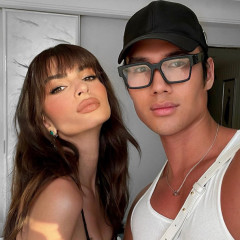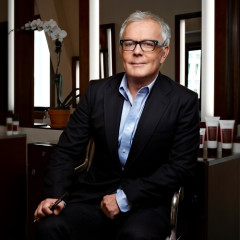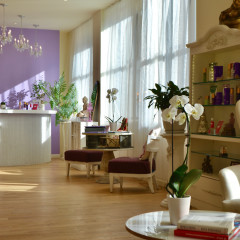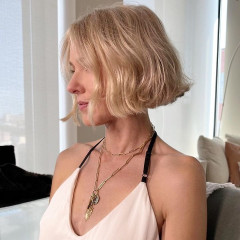What are some things you learned when it came to launching your own product line? Did anything about the skincare industry surprise you?
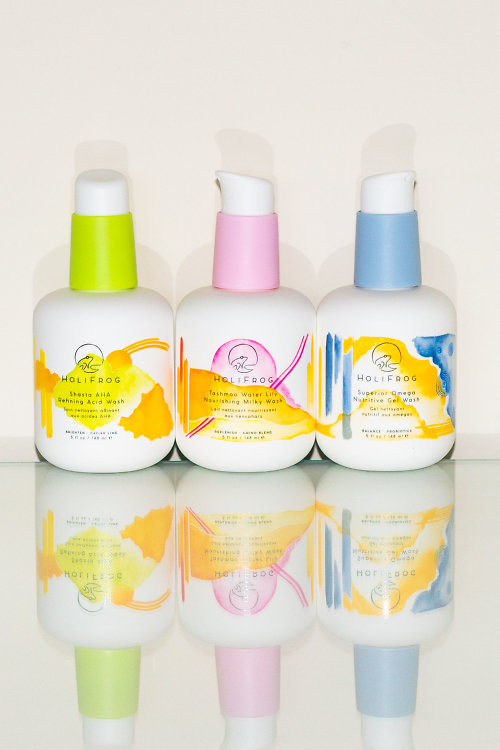
I’ve been so lucky to build and launch a business with some of the greatest brand founders by my side; they’re kind of like my unofficial advisory board. I launched Poke PR 7 years ago and while I had no clue that the road would lead me to a brand of my own, I really have had the greatest education one could ever dream of. Not only did I study my own brands’ every moves, but I also tracked their competitors as part of the job. Every product launch was a case study for me: I would analyze why Client A’s launch out-did Client B’s. What I concluded and ultimately ensured I built into HoliFrog was:
1. The look of the brand has got to stop the customer in an “arresting” sort of manner. The aesthetic had to straddle elevated and cool in a way that no matter your age, you want to own whatever it is inside!
2. The name of the brand has to tell a story that eventually creates an entire world around it. I wanted the name of the brand to be a conversation starter in a clever yet meaningful way.
3. There is already too many full-range skincare lines on the market. It’s over-saturation, which is going to lead to skincare fatigue. If you’re going to launch a brand today, the concept at launch needs to have a unique perspective, to build loyalty, but can’t be too niche nor can it be gimmicky.
4. It’s helpful when there is a founder story that people can relate to. The fact that I ran a business and am somewhat of an “industry insider”, not only made me relatable but also validated to an extent.
5. The formulas have got to be effective and universal. That means that they have to live up to their promises but they need to be formulated without ingredients that would lead to potential irritation.
6. Brands are dynamic animals and every aspect of the brand from the name to the product names to the design to the voice has their own UNIQUE opportunities for storytelling. Always remain consistent and true to the brand’s DNA but also infuse it into every nook & cranny the brand has.
7. There are SO many mediums to impact and it’s ever evolving. This is where my PR background came in handy. It’s important for print magazine editors to have a first look at the brand’s lineup but there are very few opportunities for a new non-advertising, non-influencer or non-celebrity brand to grace print pages at launch. Many websites have taken to essentially providing an edit of Instagram as their main form of content; there are very few product driven stories, so don’t miss out on them! Instagram is a multi-layer approach: there are the Super Influencers who unbox packages on their Stories, which is great for visibility; Macro Influencers are more apt to provide actual reviews of the products and their experience, which will translate to sales; Micro Influencers are great for user generated content because they will post stylized photos on their feed; YouTube is an exceptional vehicle for sales conversions, but YouTubers will take their time because they want to give a new product a fair testing phase before their review.
[Photo by Hannah Choi]


.jpg)
.jpg)



.jpg)
.jpg)
.jpg)

